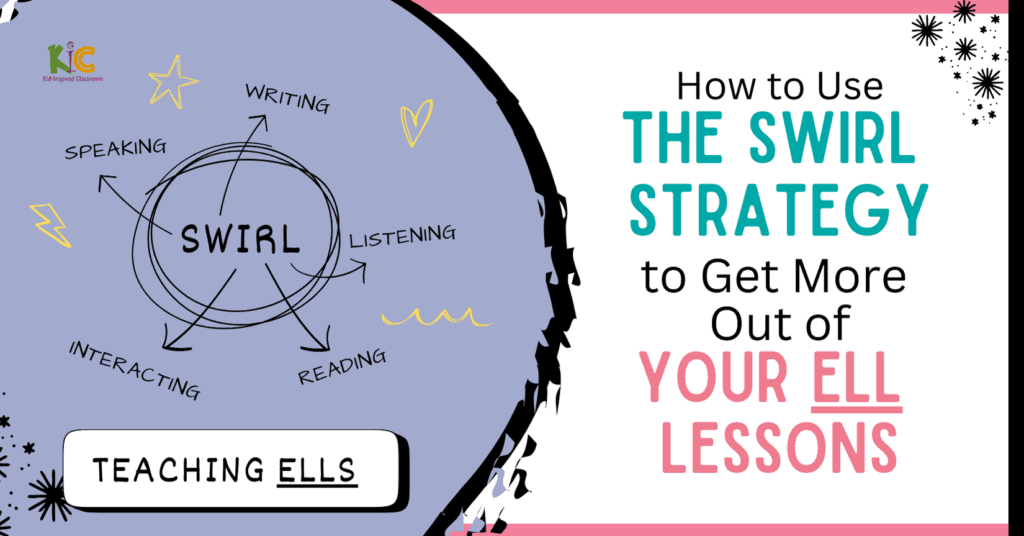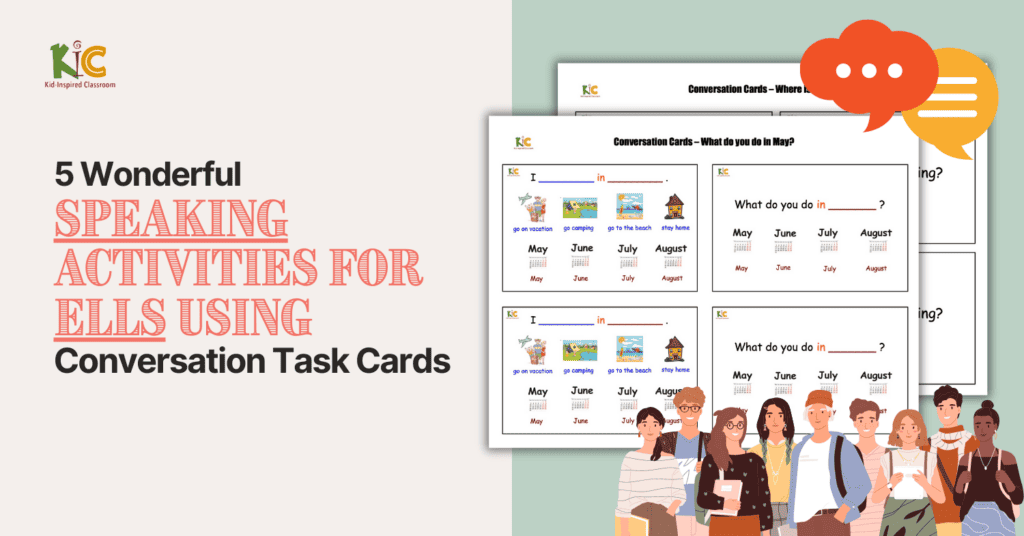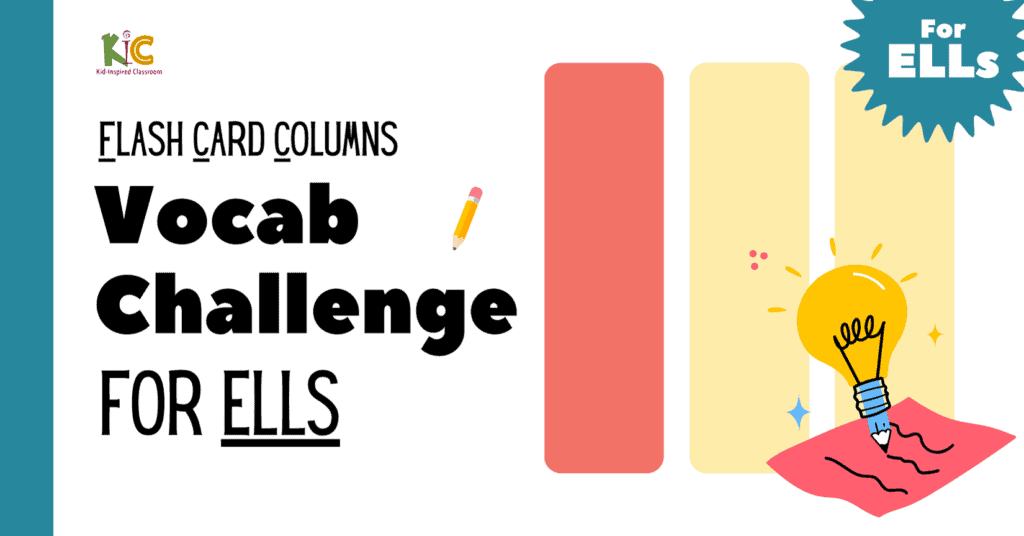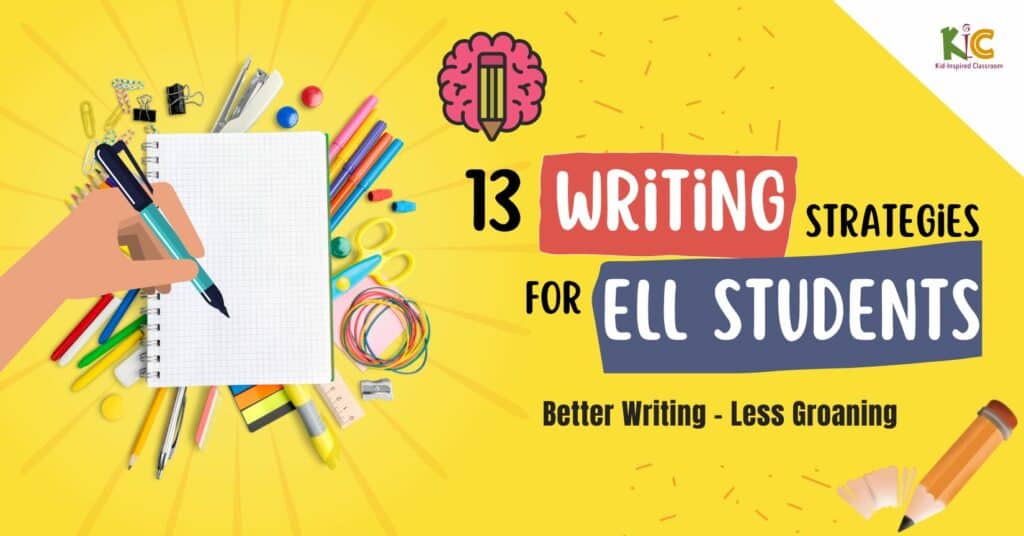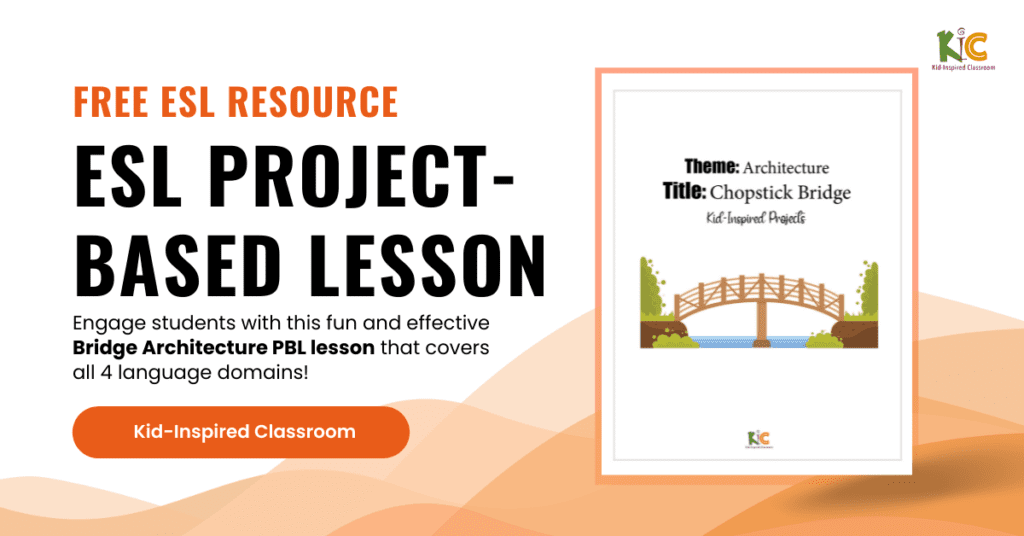
Better Reading Can Mean a Better Future
The better an ELL student reads, the better that student generally does in school.
That’s great for the students who read well, and not great for the ones who don’t.
Differentiation for English language learners (ELLs) can be extremely helpful…
But…
It’s not necessarily easy to do.
Especially with reading!
Teaching English language learners who struggle with reading how to read can be very difficult.
Considering many teachers have students at varying levels of reading proficiency in the same class, the challenge can feel overwhelming at times.
That’s where differentiation for ELL students becomes essential.
We need to differentiate for our different students abilities, but how?
Guidelines for Reading with ELLs
If we want to be successful, there are a few guidelines we need to follow:
- All students need to be busy all of the time. Weak students aren’t sitting around while stronger students do all of the work. Stronger students aren’t falling asleep while weaker students struggle to catch up.
- Students have practices that are appropriate to their level. The closer we can get to Goldilocks declaration about the last bowl of soup she tasted, the better. Students are much more likely to improve when they are feeling neither overwhelmed, in the case of weaker students, nor bored, in the case of stronger students.
- No two English learners are the same, so differentiating instruction for ELLs is key to making reading strategies effective. A differentiated classroom recognizes that students are at different stages of English development and lessons need to be adapted accordingly.
5 Quick Steps – Differentiation for ELL Students – Reading Comprehension
Here are 5 quick steps to help you differentiate when teaching reading comprehension to English language learners. The goal is to meet students where they are and help them grow in both their reading skills and English language development.

1. Build on background knowledge
- Give the students a quick outline of what they are going to read and ask students what they already know about the topic.
- Teach some target vocabulary and helpful sentence structures students might not know. This will help them get a leg up on the content.
- Check out some pictures, graphs, or videos related to the topic. This helps students start triggering previously learned content.
- Note: You don’t have to spend too much time on this. It helps to give students some context, but if you only have a limited amount of time, you may want to spend most of your time on the actual reading.
2. Break up a text into more manageable chunks
- Many grade level texts are quite long. For some ELLs, if the text is too long, they give up as soon as they see it. You can instead start with summary paragraphs, or paragraphs of particular importance, rather than an entire passage.
- Note: Trying to understand an entire chapter is often quite daunting for ELL students, especially if it is a subject like science or math, and most ELL teachers don’t have an enormous amount of time with their pull-out students. Focus on the quality of the exercises, not the quantity. Also, students who have a good understanding of key passages will have an easier time with the rest.
3. Read to decode the words first
- Have the students read the passage once through as a class and then once through individually. Get down next to students who you know struggle in order to provide some extra help.
- Note: Many ELL students have trouble just figuring out how to sound out the words, especially those coming from countries with completely different alphabets. It is difficult to focus on the meaning of a word when you can’t even sound it out. This is where phonics and phonemic awareness become incredibly important.
4. Sort the students by ability
- Give the students a quick comprehension quiz. Ask three easy comprehension questions that require the students to write only a one-word answer on a scrap sheet of paper. Keep the pace up. Don’t worry about spelling. Don’t slow down for slower students. They are slow because they are struggling, and we will let them take their time with it in a minute.
- The quiz doesn’t need to look like a quiz. It could be a graphic organizer students need to fill in based on the text. Graphic organizers like story maps or cause-and-effect charts can help ELLs organize information visually, supporting deeper understanding. It also can help you see which students get it and which students need more help.
- Go around and put a circle (🔵) on the students’ papers who get all of the answers correct and a heart (❤️) on the students’ papers who get them wrong or who don’t have anything written. You can consider making a third group out of those students who are unable to write anything, but for now, let’s focus on two groups.
- Note: Some students will be able to read and comprehend the text much more easily than others. Varying the required tasks based on ability will make your time much more efficient. If they ask, just tell them that everyone has their strengths and weaknesses and if this is hard for you, that’s OK. We will practice it so that you can get better. Grouping students by English language proficiency can help teachers provide more targeted differentiation for ELL students.
5. Give each group an activity
a. Ask students with 🔵 s on their papers to do an activity that is a bit more of a challenge.
- Read the rest of the chapter. (If you were only reading a smaller portion of it.)
- Write a short summary of the material, putting it in their own words.
- Get in pairs or groups of 3 and time each other using an analog clock or watch; then try to beat their first score on a second try to increase reading speed. Practicing these strategies in small group settings gives students more targeted support and opportunities to speak and interact with peers.
- Answer some more difficult comprehension questions.
b. Students with ❤️s on their papers should have easier challenges.
- Re-read the passage, underlining words they don’t understand and creating a picture dictionary of the words on a separate blank sheet of paper.
- Play vocabulary games in pairs to practice the words they don’t know before going at the passage again.
- Review phonics sounds found in the words from the reading passage.
- Unlike native English speakers, ELL students often need explicit instruction in vocabulary and background knowledge to comprehend texts.
- Try answering the three basic questions from earlier after working on the passage some more. Most likely, the answers will come much more easily now and you can give them high fives, good jobs, and pats on the back. They will be feeling much more confident.
There are a lot of skills needed for reading comprehension.
Reading comprehension involves a combination of factors including:
- background knowledge
- decoding skills
- vocabulary knowledge
- grammar understanding
- interest
Students need to have some background knowledge of the topic they are reading in order to understand. That background knowledge can be in their native language; It does not need to be in English. For example, reading a passage about baseball is exponentially easier if students have some background knowledge about the game, regardless of the language with which they acquired that background knowledge.
Students need to be able to decode the words on the page. The faster students can decode words, the easier it is for them to focus on what the words mean. Students who are guessing at many of the words they are reading are going to feel far less confident and struggle to make any sense of a text.
Students need to understand over 90% of the vocabulary words in order to understand a text. Once they are over 90% of the words, they can usually guess the meanings of the other words they don’t know from context. Teaching target vocabulary words for a text can go a long way.
Students need to understand the sentence structures used. They need to understand the meaning carried in the grammar of each sentence and how the sentences fit together. This means students need to understand English grammar. Tenses, for instance, sometimes get short shrift since most native speakers never really learned tenses explicitly. Most native speakers learned tenses simply from experience. English learners will need a ton of time with sentence structures in order for them to absorb them as well as a native speaker.
Students also need to be interested. They need to care about what the text means. If they don’t, they are unlikely to pull any meaning at all from the text. You can lead a horse to water but you cannot make it drink. You can put a text in front of a student and you can even make them read it. But, if the student doesn’t care, very little progress will come out of the time you spend forcing them. You have to find a way to inspire students to want to read.
Using differentiated instruction allows teachers to tailor support based on language level, background knowledge, and learning style.
English Learners Struggling with Reading
If a student is struggling with reading comprehension, you will need to find out what area (or areas) that student is struggling in order to help them. A student struggling with background or vocabulary knowledge is going to need a different approach than a student struggling to decode the words on the page.
As ELL teachers, we need to get a clear picture of what the problem is for different students and provide activities that help them improve in those areas.
This detailed information can help a lot with differentiation for ELL students.
A good assessment can help you get a clear picture of what students need to work on. If you don’t have one, you can download the Kid-Inspired ELL Assessment and Guide here. It will help you get a good understanding of a child’s reading ability, vocabulary, and grammar, among other things.
If you need some readers, you can grab a set of free fluency readers below.
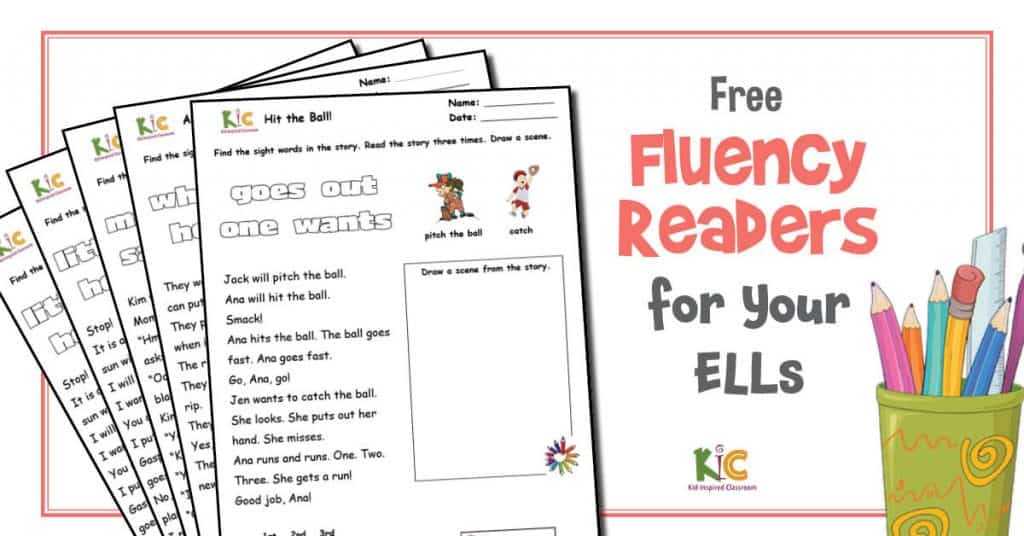
You can sign up for the Kid-Inspired ESL Curriculum Membership here in order to get access to 1000s of resources that will help you engage your ELLs, save time, and close the gap.
You can also find more information on differentiation instruction with ELLs on Colorin Colorado’s site here.

